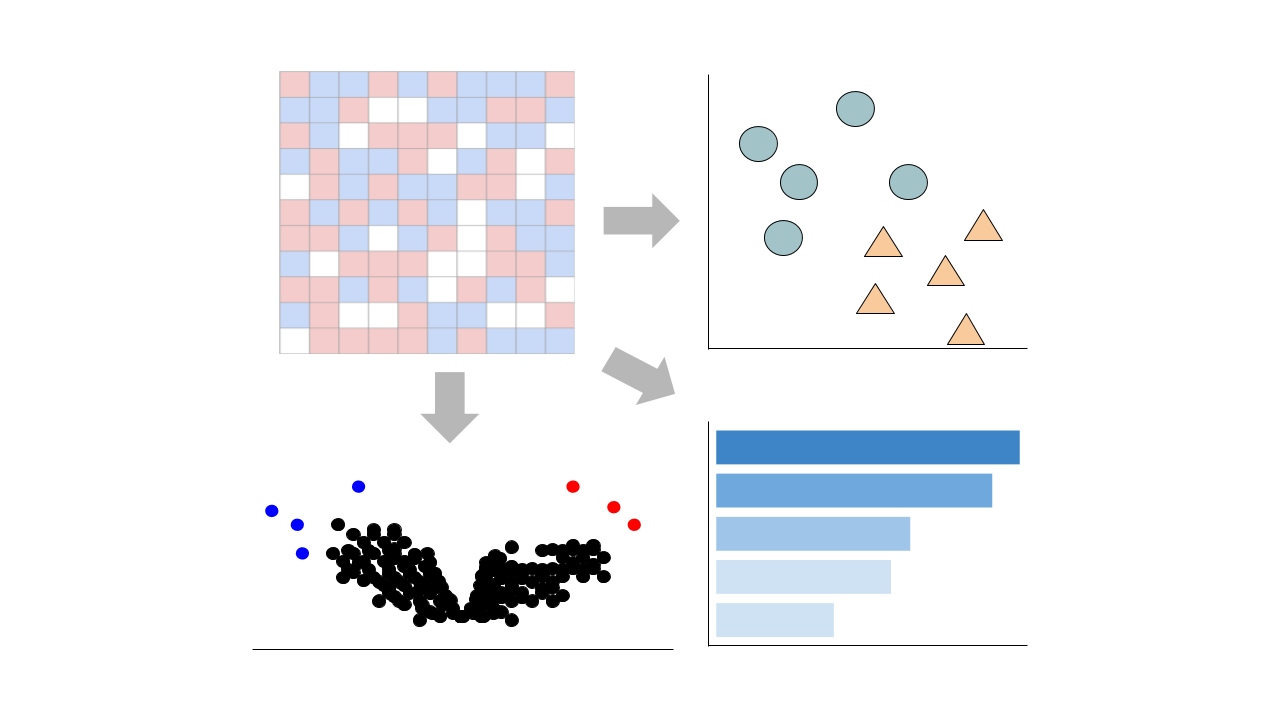Submission Date: Mar 01, 2021
Summary: Human immunodeficiency virus (HIV) transcription requires assembly of cellular transcription factors at the human immunodeficiency virus type 1 (HIV-1) promoter. The TFIIH general transcription factor facilitates transcription initiation by opening the DNA strands around the transcription start site and phosphorylating the C-terminal domain of RNA polymerase II (RNAPII) for activation. Spironolactone (SP), an FDA approved aldosterone antagonist, triggers the proteasomal degradation of the XPB subunit of TFIIH and concurrently suppresses acute HIV infection in vitro. Here, we investigated SP as a possible block-and-lock agent for a functional cure, aimed at the transcriptional silencing of the viral reservoir. The long-term activity of SP was investigated in primary and cell line models of HIV-1 latency and reactivation. We show that SP rapidly inhibits HIV-1 transcription by reducing RNAPII recruitment to the HIV-1 genome. Short hairpin RNA (shRNA) knockdown of XPB confirmed XPB loss as the mechanism of action of HIV inhibition. Unfortunately, long-term pretreatment with SP does not result in long-term epigenetic suppression of HIV upon SP treatment interruption, since the virus rapidly rebounds when XPB reemerges; however, SP alone without antiretroviral therapy (ART) maintains transcriptional silencing of HIV. Importantly, SP inhibits HIV reactivation from latency in both cell line models and resting CD4+ T cells isolated from aviremic individuals living with HIV upon cell stimulation with latency-reversing agents. Furthermore, long-term treatment with concentrations of SP that potently degrade XPB does not lead to global dysregulation of cellular mRNA expression. Overall, these results suggest that XPB plays a key role in HIV transcriptional regulation, and XPB degradation by SP strengthens the potential of HIV transcriptional inhibitors in block-and-lock cure approaches.
GEO Accession ID: GSE167997
PMID: 33239456
Select conditions below to toggle them from the plot:
| GROUP | CONDITION | SAMPLES |
|---|---|---|
| OM-10.1 |
GSM5121350 GSM5121352 GSM5121354 GSM5121356
|
|
|
GSM5121349 GSM5121351 GSM5121353 GSM5121355
|
Submission Date: Mar 01, 2021
Summary: Human immunodeficiency virus (HIV) transcription requires assembly of cellular transcription factors at the human immunodeficiency virus type 1 (HIV-1) promoter. The TFIIH general transcription factor facilitates transcription initiation by opening the DNA strands around the transcription start site and phosphorylating the C-terminal domain of RNA polymerase II (RNAPII) for activation. Spironolactone (SP), an FDA approved aldosterone antagonist, triggers the proteasomal degradation of the XPB subunit of TFIIH and concurrently suppresses acute HIV infection in vitro. Here, we investigated SP as a possible block-and-lock agent for a functional cure, aimed at the transcriptional silencing of the viral reservoir. The long-term activity of SP was investigated in primary and cell line models of HIV-1 latency and reactivation. We show that SP rapidly inhibits HIV-1 transcription by reducing RNAPII recruitment to the HIV-1 genome. Short hairpin RNA (shRNA) knockdown of XPB confirmed XPB loss as the mechanism of action of HIV inhibition. Unfortunately, long-term pretreatment with SP does not result in long-term epigenetic suppression of HIV upon SP treatment interruption, since the virus rapidly rebounds when XPB reemerges; however, SP alone without antiretroviral therapy (ART) maintains transcriptional silencing of HIV. Importantly, SP inhibits HIV reactivation from latency in both cell line models and resting CD4+ T cells isolated from aviremic individuals living with HIV upon cell stimulation with latency-reversing agents. Furthermore, long-term treatment with concentrations of SP that potently degrade XPB does not lead to global dysregulation of cellular mRNA expression. Overall, these results suggest that XPB plays a key role in HIV transcriptional regulation, and XPB degradation by SP strengthens the potential of HIV transcriptional inhibitors in block-and-lock cure approaches.
GEO Accession ID: GSE167997
PMID: 33239456
Select conditions:
Control Condition
Perturbation Condition
This pipeline enables you to analyze and visualize your bulk RNA sequencing datasets with an array of downstream analysis and visualization tools. The pipeline includes: PCA analysis, Clustergrammer interactive heatmap, library size analysis, differential gene expression analysis, enrichment analysis, and L1000 small molecule search.
